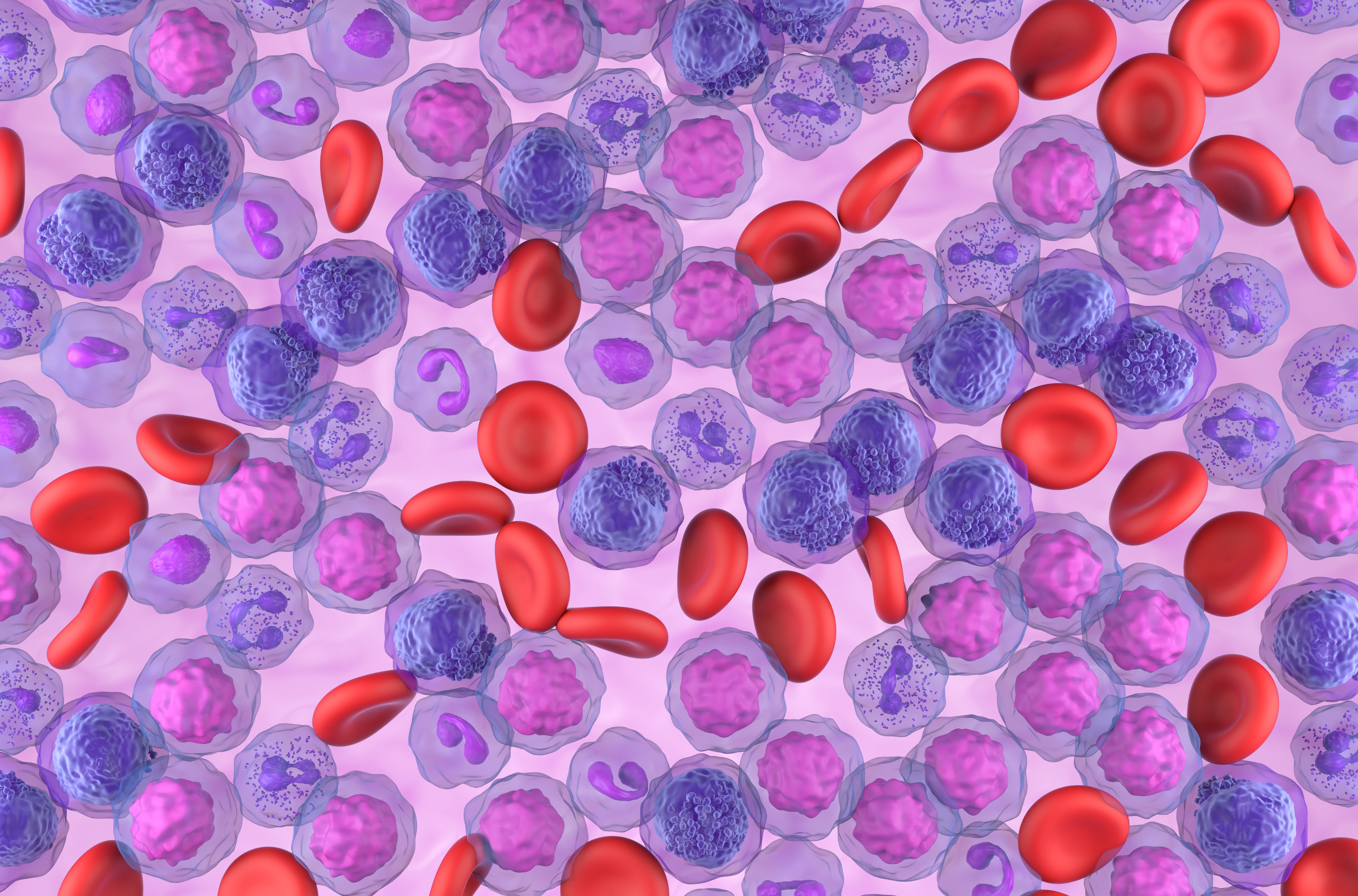News
Article
Venetoclax Improves Gap in Racial Overall Survival Disparity in Patients with AML
Author(s):
According to the findings, the use of venetoclax, as well as other new therapies, improved overall survival from 28.6% to 45.3% in non-Hispanic Black patients with AML.
Non-Hispanic Black patients with acute myeloid leukemia (AML) are living longer now that new therapies are available, according to investigators from University of Pennsylvania School of Medicine (Penn Medicine) who recently presented their findings at the 65th American Society of Hematology (ASH) Annual Meeting and Exposition. Previously, standard treatment for AML was intensive chemotherapy and it was not an accessible treatment for populations with AML.
Image credit: LASZLO | stock.adobe.com

In a retrospective study, investigators explored the racial and ethnic disparities among patients with AML, specifically whether the approval of new low-intensity treatments—such as venetoclax, a targeted therapy in a pill form that is administered in combination with other therapies—as well as outpatient and community-based care influenced the disparities. The investigators used an electronic health record-derived database to compare survival trends of approximately 3000 adult patients with AML during the period of January 2014 to December 2018, to another population of about 2000 patients who were diagnosed with AML during the “modern era” of treatment (between January 2019 and October 2022).
“Historically, AML has been a very difficult cancer to treat, so we’re encouraged to see outcomes improving, including the narrowing of health disparity gaps for the first time,” said first author Xin Wang, MD, a third-year fellow in hematology-oncology at Penn Medicine, in a press release.
The investigators determined that overall survival (OS) had improved in the modern era of AML treatment, notably in those aged 70 years and older. Patients who received treatment were older in the modern era cohort, with the median age being 71 compared to the cohort diagnosed prior to the approval of venetoclax, which had a median age of 68.5.
In addition, non-Hispanic White patients saw a more modest improvement in OS, whereas survival did not improve for Hispanic patients in modern AML care. Further, the predicted OS rate for non-Hispanic Black patients with AML increased from approximately 28.6% to 45.3%.
“Racial and ethnic disparities in cancer care are complex, but our study shows that when novel therapies are brought into the ‘real-world’ setting, including community hospitals, we can move the needle. On the clinical research side, we need to take advantage of these opportunities to better serve previously under-represented, under-studied populations,” said Wang in the press release.
Although the study demonstrated the evolution of racial and ethnic disparities in AML survival, the investigators note that more research is needed to better understand why an outsized improvement was seen in the non-Hispanic Black patient population. The researchers add that this demographic was underrepresented in venetoclax clinical trials, so it is unclear whether biological features (eg, cancer mutations), non-biological factors (eg, subsequent therapies, access to care), or a combination of the 2 contribute to the reduced gap.
“We hope to extend this work with basic science, translational, and qualitative research experts to obtain a more comprehensive view,” said co-senior author Catherine Lai, MD, MPH, associate professor of hematology-oncology and physician leader of the leukemia clinical research unit, Penn Medicine. “Ultimately, our goal is to further improve the outcomes of all patients with this very challenging disease.”
Reference
University of Pennsylvania School of Medicine. New drug helps narrow racial survival disparity in patients with acute myeloid leukemia. News release. December 11, 2023. Accessed December 22, 2023. https://www.eurekalert.org/news-releases/1010694






